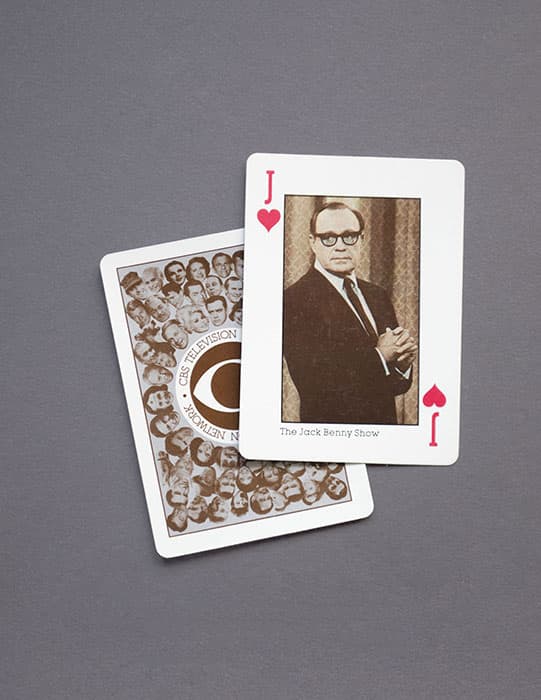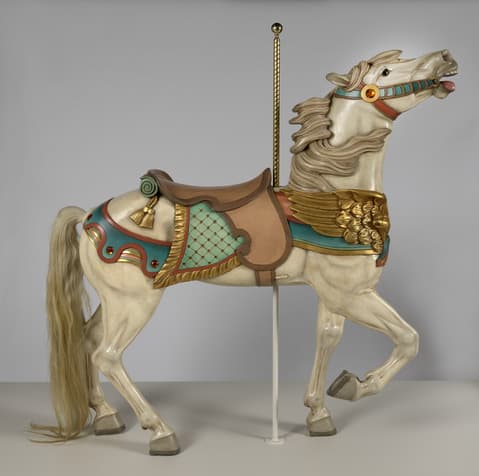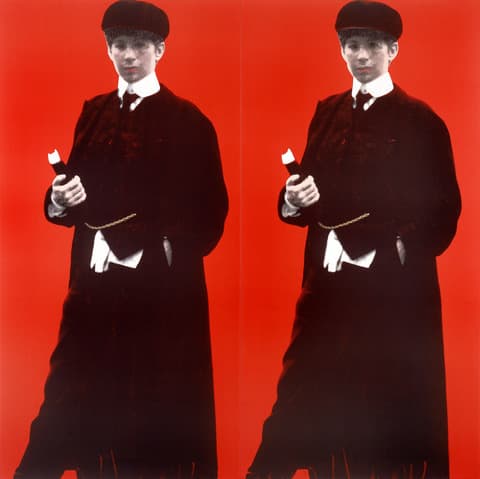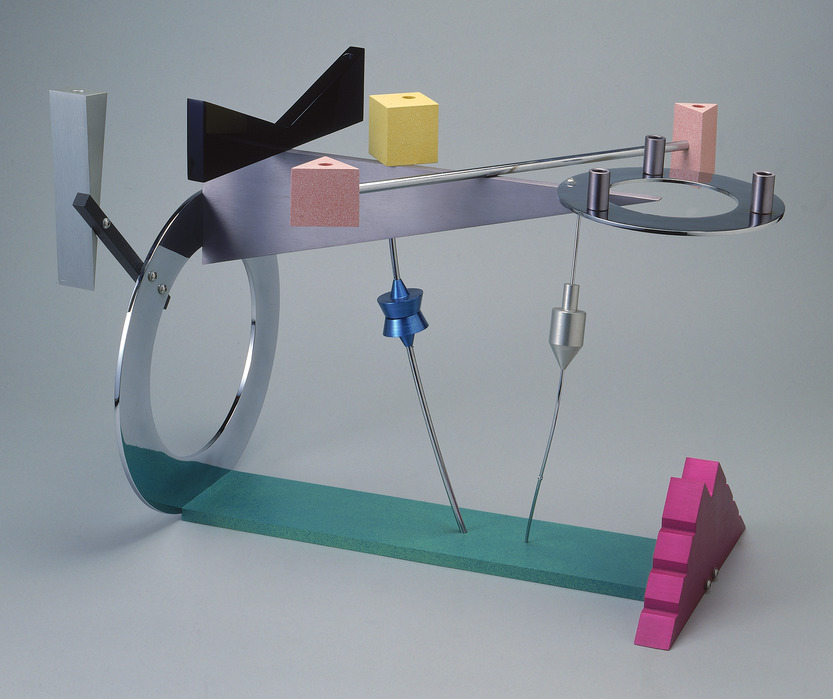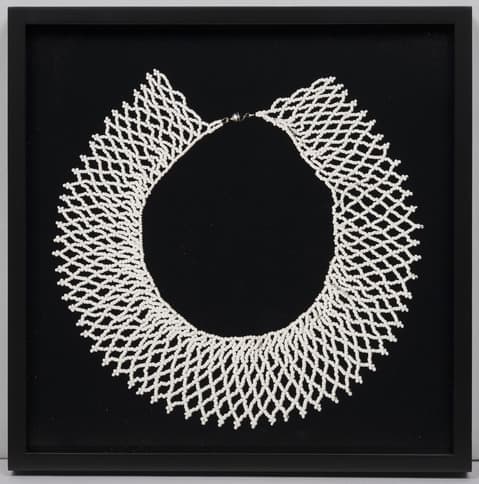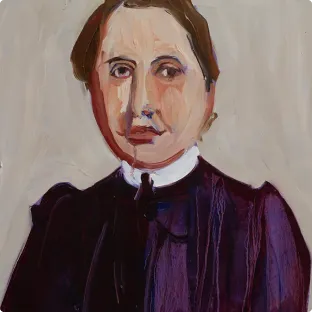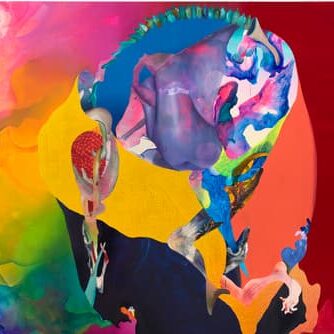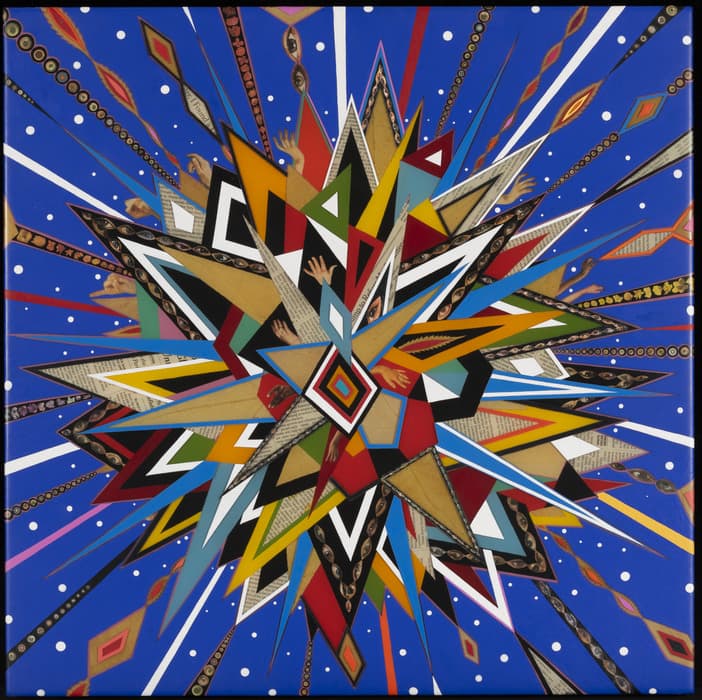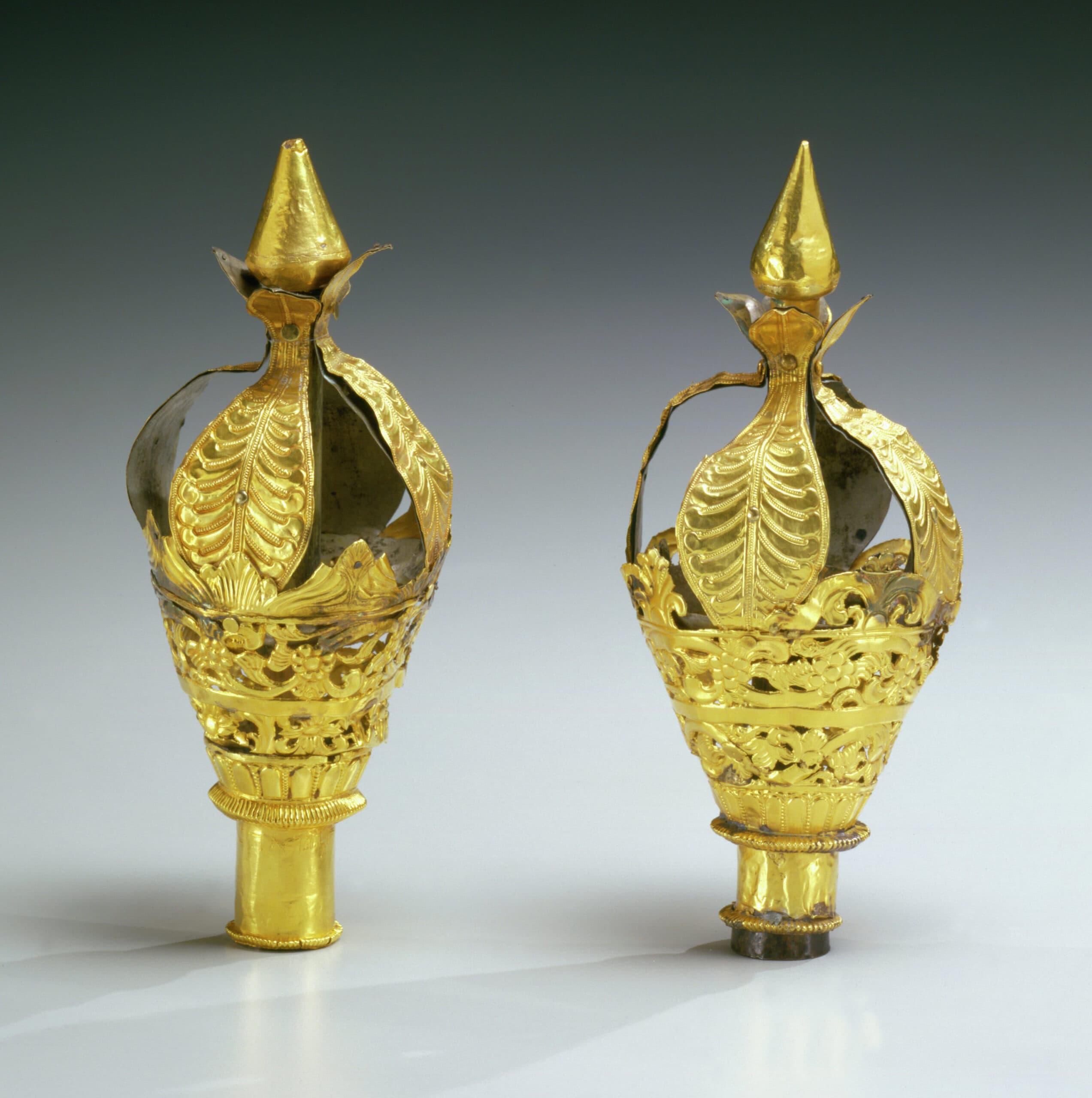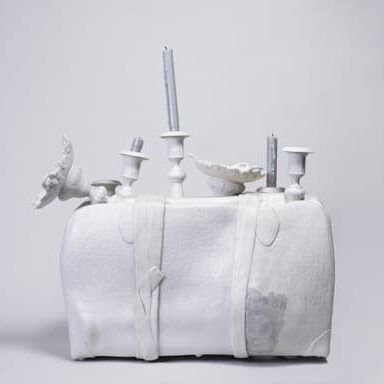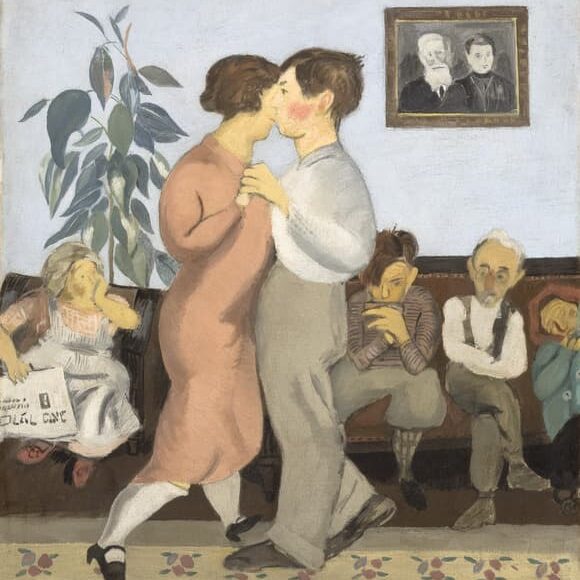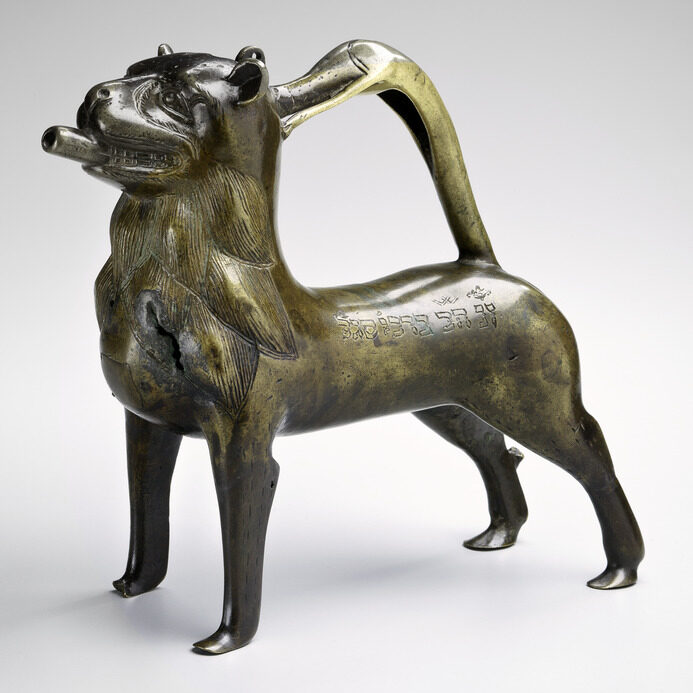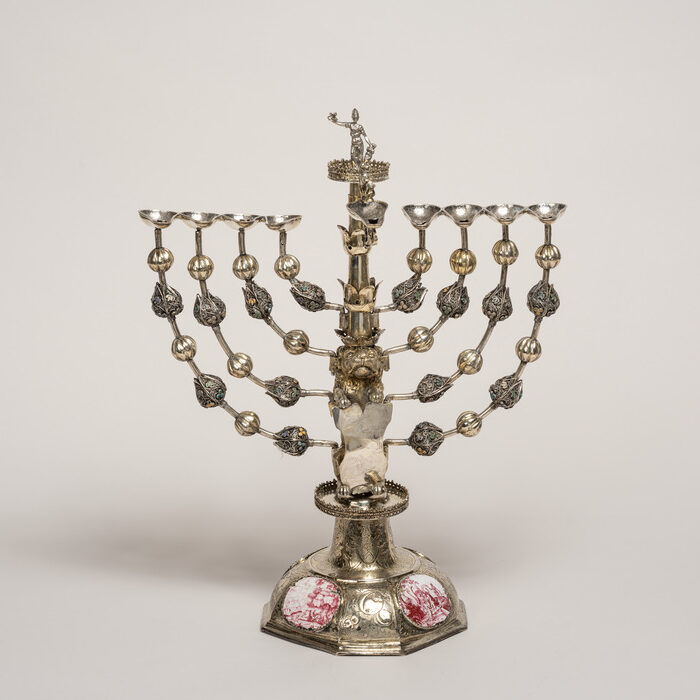The Television Project: Picturing a People
Picturing a People, the first exhibition in the long term series The Television Project, considers how Jews have been portrayed and have portrayed themselves on American television from the 1950s to the present. The exhibition features clips from programs including: The Ed Sullivan Show, Northern Exposure, The Twilight Zone, The Goldbergs, The Simpsons, My Name is Barbra, and ABC News’ Eichmann Trial coverage, and related works of art, artifacts, and ephemera.
As the inaugural episode of The Television Project, Picturing a People looks at sociologically or politically important programming with significant artistic merit in terms of writing, directing, performing, and production.
Examples include writer and actress Gertrude Berg’s The Goldbergs, a popular comedy-drama based on the home life of a Jewish family in the Bronx, and ABC News’ coverage of the Eichmann Trial, among others. The Goldbergs originally ran on radio, then aired on television between 1949 and 1956 and addressed serious contemporary issues that impacted Jewish families. The televising of the Eichmann Trial offered American and international audiences stark details of the atrocities of the Holocaust and provided an unfiltered look at a prominent and powerful Nazi war criminal who claimed he was “only taking orders.”
With a similar mix of ephemera and video compilations, future installations of The Television Project will use television programming to consider the representation of Jews in comedy, anti-Semitism, Jews and the advertising revolution, and Jewish masculinity and femininity.
About the Curator
Maurice Berger is Research Professor and Chief Curator at the Center for Art, Design and Visual Culture, University of Maryland, Baltimore County, and Consulting Curator/Curator of the National Jewish Archive of Broadcasting at the Jewish Museum in New York.
About The Television Project: Highlights from the National Jewish Archive of Broadcasting
Premiering September 25, 2015, The Television Project introduces Jewish Museum visitors to a dynamic part of its collection: the National Jewish Archive of Broadcasting (NJAB), the largest and most comprehensive body of broadcast materials on 20th century Jewish culture in the United States.
The Television Project is series of exhibitions featuring a video compilation of clips from the NJAB, examining issues of Jewish identity and culture as depicted on American television. Segments of this series investigate themes ranging from anti-Semitism, to Jewish advertising, to representations of racial and cultural diversity, all through the lens of American television.
With more than 4,000 holdings, the National Jewish Archive of Broadcasting at the Jewish Museum was established in 1981 to collect, preserve, and exhibit television and radio programs related to the Jewish experience. The programs in the NJAB constitute an important record of how Jews have been portrayed and portray themselves from the 1930s to the present, and how mass media has addressed issues of diversity, ethnicity, and religion.
The Television Project is made possible by The Knapp Family Foundation, the Blanche and Irving Laurie Foundation, and the Alfred J. Grunebaum Memorial Fund.
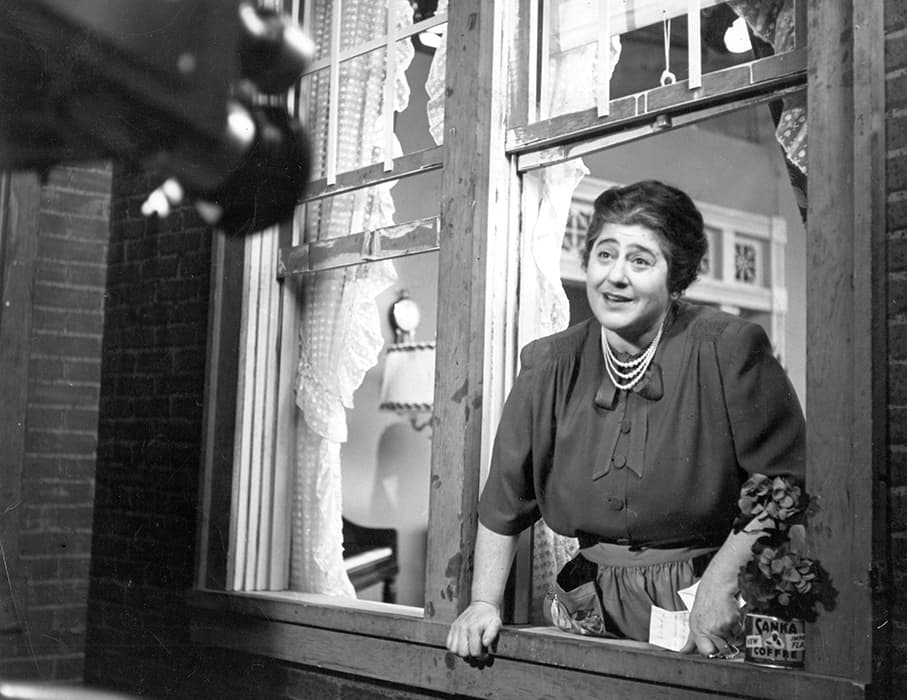
Gertrude Berg on the set of The Goldbergs (CBS), 1949-1956.
